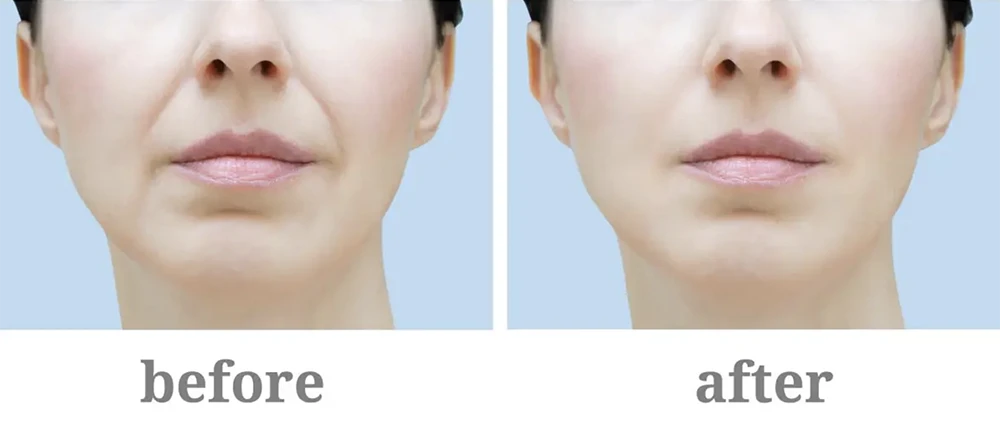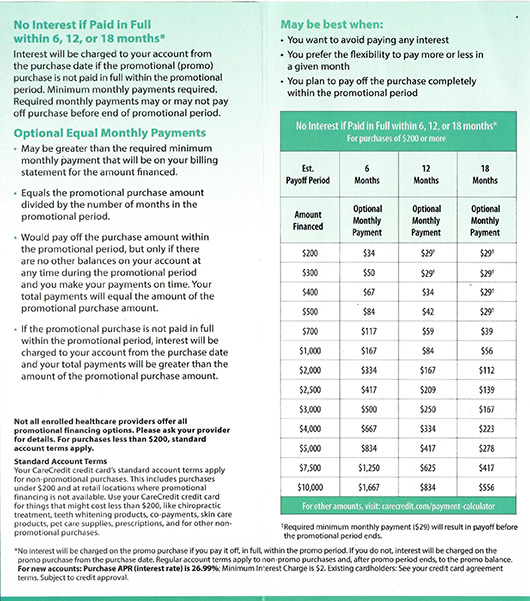Privacy Policy
Our website uses cookies. By using our website and agreeing to this policy, you consent to our use of cookies in accordance with the terms of this policy.
This privacy policy discloses the privacy practices for (www.mandalplasticsurgerycenter.com). This privacy policy applies solely to information collected by this web site. It will notify you of the following:
- What personally identifiable information is collected from you through the web site, how it is used and with whom it may be shared.
- What choices are available to you regarding the use of your data.
- The security procedures in place to protect the misuse of your information.
- How you can correct any inaccuracies in the information.
Information Collection, Use and Sharing
We are the sole owners of the information collected on this site.
We may collect, store and use the following kinds of personal information:
- Information about your computer and about your visits to and use of this website (including your IP address, geographical location, browser type and version, operating system, referral source, length of visit, page views, website navigation);
- Information relating to any transactions carried out between you and us on or in relation to this website, including information relating to any purchases you make of our goods or services;
- Information that you provide to us for the purpose of registering with us;
- Information that you provide to us for the purpose of subscribing to our website services, email notifications and/or newsletters; and
- Any other information that you choose to send to us.
Before you disclose to us the personal information of another person, you must obtain that person's consent to both the disclosure and the processing of that personal information in accordance with the terms of this privacy policy.
We will use your information to respond to you, regarding the reason you contacted us. We may share your information with another third party outside of our organization, if necessary to fulfill your request (e.g. to ship an order) or to facilitate our organization in managing our website.
Unless you ask us not to, we may contact you via email in the future to tell you about specials, or new products or services.
Your Access to and Control Over Information
You may opt out of any future contacts from us at any time. You can do the following at any time by contacting us via the email address or phone number given on our website:
- See what data we have about you, if any.
- Change/correct any data we have about you.
- Have us delete any data we have about you.
- Express any concern you have about our use of your data.
Security
We will take reasonable technical and organizational precautions to prevent the loss, misuse or alteration of your personal information.
We will store all the personal information you provide on our secure (password and firewall-protected) servers.
Only employees who need the information to perform a specific job (for example, billing or customer service) are granted access to personally identifiable information. The computers/servers in which we store personally identifiable information are kept in a secure environment.
Orders
We may accept orders and if we do we request information from you on our order form. To buy from us, you must provide contact information (like name and shipping address) and financial information (like credit card number, expiration date). This information is used for billing purposes and to fill your orders. If we have trouble processing an order, we'll use this information to contact you.
Cookies
We use "cookies" on this site. A cookie is a piece of data stored on a site visitor's hard drive to help us improve your access to our site and identify repeat visitors to our site. For instance, when we use a cookie to identify you, you would not have to log in a password more than once, thereby saving time while on our site. Cookies can also enable us to track and target the interests of our users to enhance the experience on our site.
If you leave a comment on our site you may opt-in to saving your name, email address and website in cookies. These are for your convenience so that you do not have to fill in your details again when you leave another comment. These cookies will last for one year.
If you have an account and you log in to this site, we will set a temporary cookie to determine if your browser accepts cookies. This cookie contains no personal data and is discarded when you close your browser.
When you log in, we will also set up several cookies to save your login information and your screen display choices. Login cookies last for two days, and screen options cookies last for a year. If you select "Remember Me", your login will persist for two weeks. If you log out of your account, the login cookies will be removed.
If you edit or publish an article, an additional cookie will be saved in your browser. This cookie includes no personal data and simply indicates the post ID of the article you just edited. It expires after 1 day.
Some of our business partners may use cookies on our site (for example, advertisers). However, we have no access to or control over these cookies.
We do not honor the Do Not Track (DNT) web browser privacy preference at this time.
View our Cookie Policy
Media
If you upload images to the website, you should avoid uploading images with embedded location data (EXIF GPS) included. Visitors to the website can download and extract any location data from images on the website.
Embedded Content from Other Websites
Articles on this site may include embedded content (e.g. videos, images, articles, etc.). Embedded content from other websites behaves in the exact same way as if the visitor has visited the other website.
These websites may collect data about you, use cookies, embed additional third-party tracking, and monitor your interaction with that embedded content, including tracing your interaction with the embedded content if you have an account and are logged in to that website.
Sharing
We share aggregated demographic information with our partners and advertisers. And:
We may use an outside shipping company to ship orders, and a credit card processing company to bill users for goods and services. These companies do not retain, share, store or use personally identifiable information for any secondary purposes beyond filling your order. And:
We may partner with another party to provide specific services. We will share names, or other contact information that is necessary for the third party to provide these services. These parties are not allowed to use personally identifiable information except for the purpose of providing these services.
Disclosures
We may disclose your personal information to any of our employees, officers, agents, suppliers or subcontractors insofar as reasonably necessary for the purposes set out in this privacy policy.
We may disclose your personal information to any member of our group of companies (this means our subsidiaries, our ultimate holding company and all its subsidiaries) insofar as reasonably necessary for the purposes set out in this privacy policy.
In addition, we may disclose your personal information:
- To the extent that we are required to do so by law;
- In connection with any ongoing or prospective legal proceedings;
- In order to establish, exercise or defend our legal rights (including providing information to others for the purposes of fraud prevention and reducing credit risk);
- To the purchaser (or prospective purchaser) of any business or asset that we are (or are contemplating) selling; and
- To any person who we reasonably believe may apply to a court or other competent authority for disclosure of that personal information where, in our reasonable opinion, such court or authority would be reasonably likely to order disclosure of that personal information.
Links
This web site contains links to other sites. Please be aware that we are not responsible for the content or privacy practices of such other sites. We encourage our users to be aware when they leave our site and to read the privacy statements of any other site that collects personally identifiable information.
Surveys & Contests
From time-to-time our site requests information via surveys or contests. Participation in these surveys or contests is completely voluntary and you may choose whether or not to participate and therefore disclose this information. Information requested may include contact information (such as name and shipping address), and demographic information (such as zip code, age level). Contact information will be used to notify the winners and award prizes. Survey information will be used for purposes of monitoring or improving the use and satisfaction of this site.
Updates
Our Privacy Policy may change from time to time and all updates will be posted on this page.
Effective: March 1, 2011
Last Updated: March 3, 2021
If you feel that we are not abiding by this privacy policy, you should contact us immediately via the email address or phone number given on our website.





